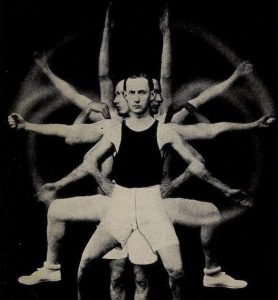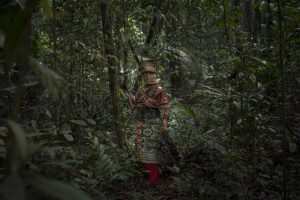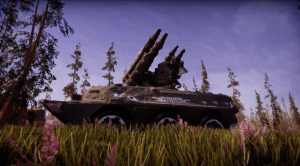SOS Brutalism. A Global Survey, edited by Oliver Elser, Philip Kurz and Peter Cachola Schmal.
On amazon UK.
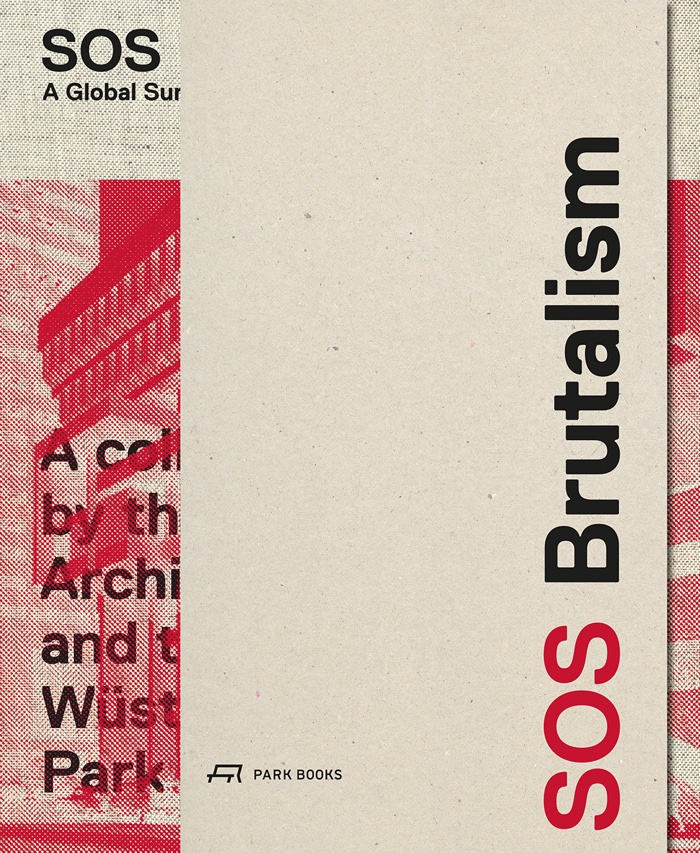
Publisher Park Books writes: A global survey of brutalist architecture of the 1950s, 1960s and 1970s. Some 100 contributors document around 120 key buildings from this period, including many previously unpublished discoveries that are in acute danger of loss through neglect of intended demolition. Moreover, the book features overviews of brutalism in architecture in twelve regions around the world. Case studies of hotspots such as the Macedonian capital Skopje or New Haven, Connecticut, and essays on the history and theory of brutalism round out this lavishly illustrated book. The supplement collects papers of an international symposium on brutalism in architecture held in Berlin in 2012.
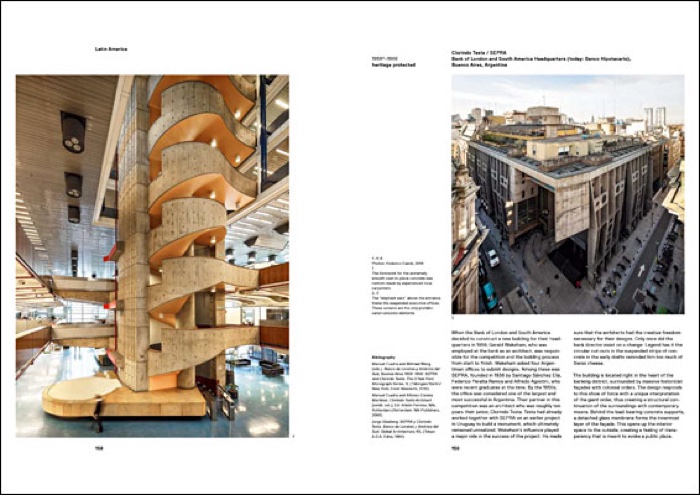
Brutalism has achieved a cult status on social media over the past couple of years. This wave of beton chic has given rise to spectacular photo books, cheerful facebook pages and even -as i learnt in one of the first essays of SOS Brutalism- new forms of web design.
Not everyone is entirely seduced by the so-called “concrete monstrosities.” Brutalism is often either a source of aesthetic contempt, or a painful reminder of political ideals that some would rather forget. Incidentally, the fact that Brutalist structures form the backdrop for the violent scenes of iconic films such as A Clockwork Orange, Gomorrah and La Haine might have contributed to the poor image the style is now suffering from.
SOS Brutalism‘s approach of Brutalism crosses the bridges between academic reflection and popular energy. The essays are solid and impeccably researched but also very engaging and illustrated with plenty of contemporary images and archive documents. Even the selection of buildings blends the expert and the amateur. The constructions presented in the book are the result of a crowd-sourced experiment. The team behind sosbrutalism.org asked experts and amateurs to use the hashtag #SOSBrutalism to recommend structures that deserve to be saved from destruction. While the book presents only 120 edifices, the online database counts over 1,000 projects.
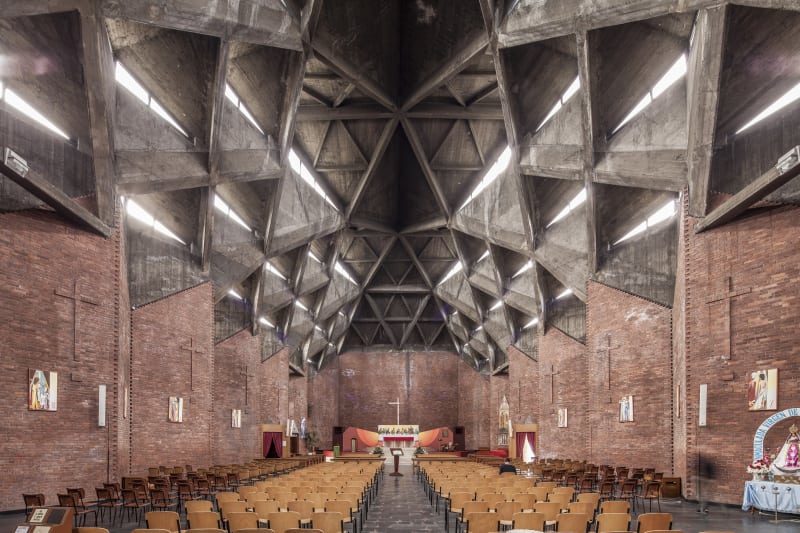
Leonardo & Nicola Mosso, Chiesa del Gesù Redentore, Turin, 1954-1957. Photo: Federico Padovani, via
Jonathan Meades. Bunkers Brutalism and Bloodymindedness Concrete Poetry – One and two
The buildings discussed in great details in the paper publication come from 12 regions. Including Africa, Oceania, Eastern Europe, etc. With special chapters dedicated to Great Britain where the architectural style originated and to Germany because the SOS Brutalism project was launched by the Deutsches Architekturmuseum.
SOS Brutalism. A Global Survey doesn’t just showcases fine examples of the controversial 20th century architectural style, it also attempts to redefine its repertoire, explores how the values of Brutalism participated to the political debates of the time and contributes to the discussions around the legacy of the style.
I went straight to the 500 pages hardback and cast aside the paperback supplement. Mostly because it is called a supplement and because it bears the very un-sexy title of “Contributions to the international symposium in Berlin 2012.” I was expecting a dry assemblage of academic papers but when i did finally look into the supplement, i found a rather exciting selection of essays (and lots more images!) I was particularly interested in the ones that bring the spotlight on a few countries and analyze the significance that Brutalism had for society at the time and the impact it continues to have on cities and imaginations.
Also, as a side note: bloody pinterest!!! It’s been super difficult to trace back the origin of some of the images i wanted to use. Pretty much every photo of interesting buildings was courtesy of either pinterest or alamy.
Ok, rant over. Let’s proceed with a few images that will feed into the concrete frenzy. They illustrate some of the 120 buildings presented in the book.
Africa:
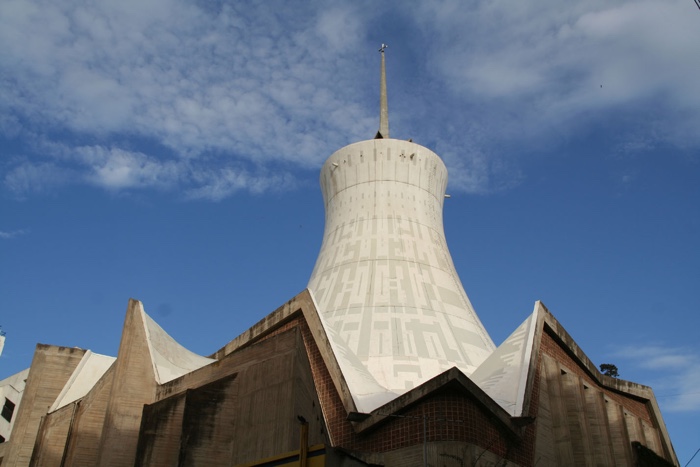
Paul Herbé and Jean Le Couteur, Sacré-Coeur Cathedral, Algiers, Algeria, 1944-1956
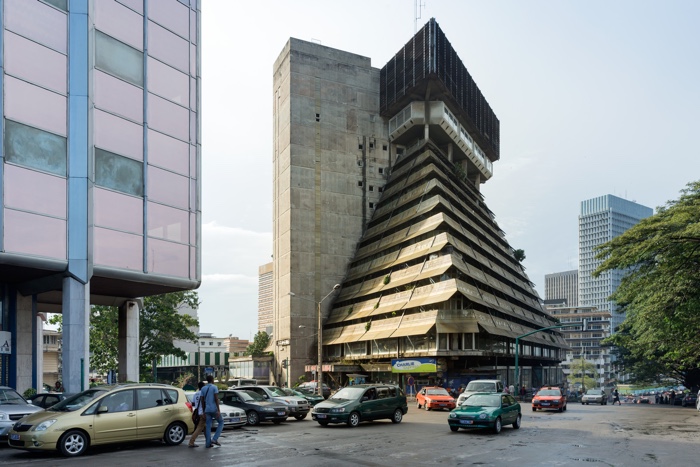
Rinaldo Olivieri, La Pyramide, Abidjan, Ivory Coast, 1968-1973 (threatened.) Photo: Iwan Baan, via
North America
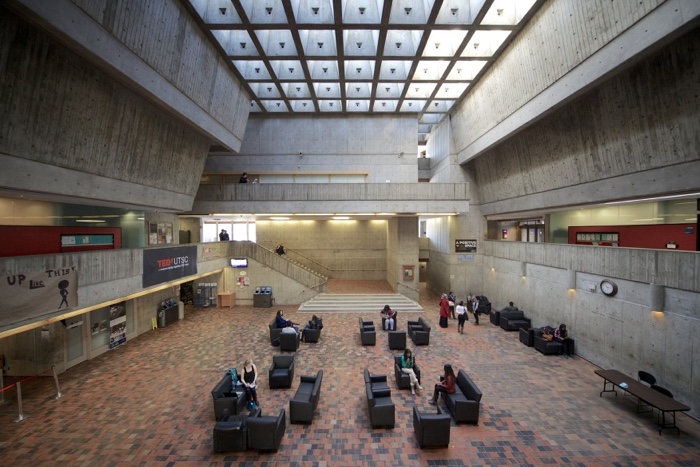
John Andrews, Scarborough College (the Meeting Place), Toronto, Canada, 1962-1965. Photo: Thomas Guignard, via
Latin America
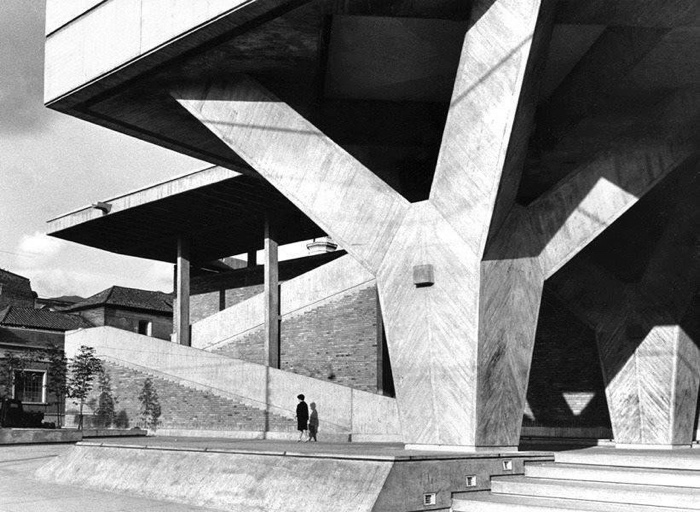
German Samper, SENA building, Bogota, Colombia, 1958-1960 (photo)
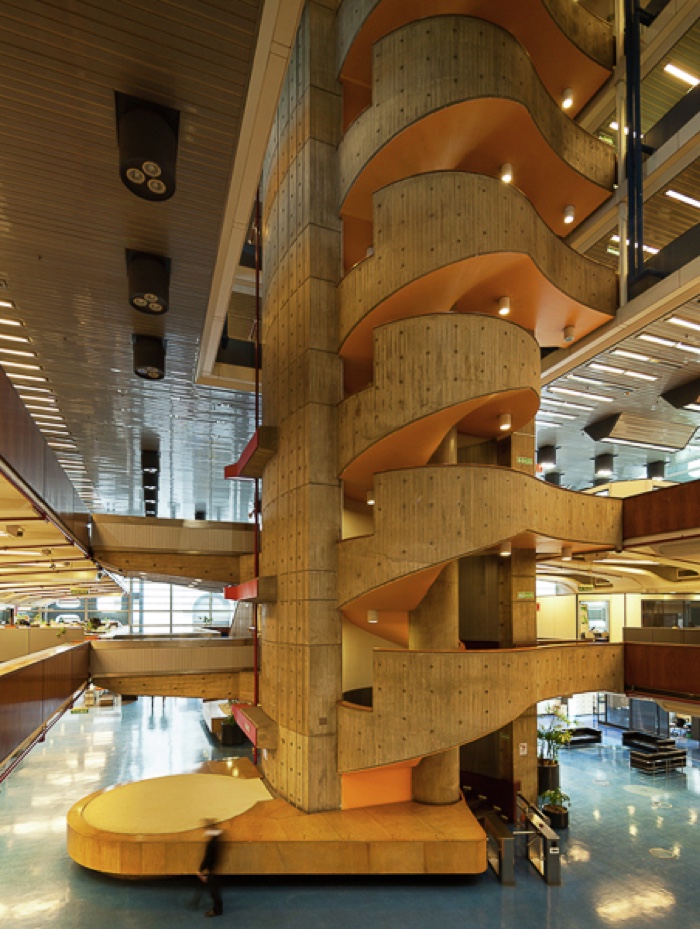
Clorindo Testa/SEPRA, Bank of London and South America Headquarters (now Banco Hipotecario) Buenos Aires, Argentina, 1959-1966. Photo: © Federico Cairoli, via
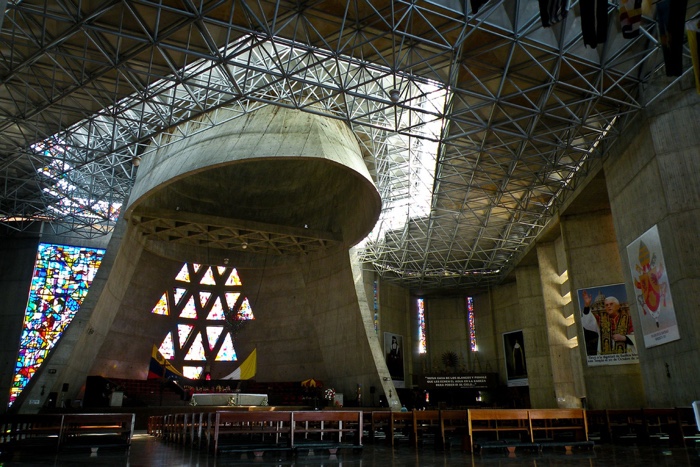
Erasmo Calvini, Basilica of the National Shrine of Our Lady of Coromoto, Guanare, Venezuela, 1976, 1982-1996. Photo: WAP
Middle East
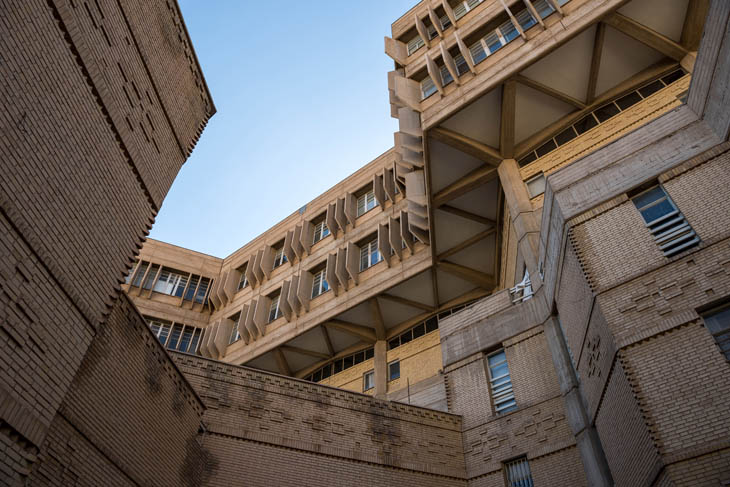
Minoru Yamasaki / Modam (Mohammad Reza Moghtader): Pahlavi University (today: Shiraz University), Shiraz, Iran, 1960, 1974-1979. Photo: Hamid Reza Bani, 2017 (via)
Russia, Central Asia and Caucasus
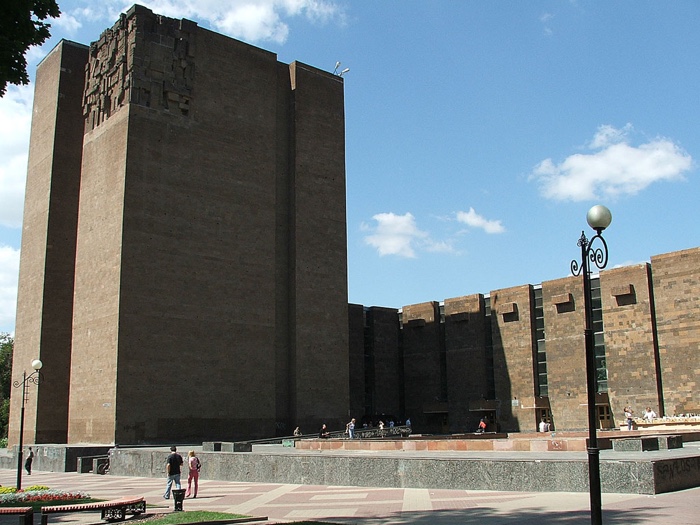
Yan Zanis and Alexander Dolzhikov, Don State Public Library, Rostov-on-Don, Russia
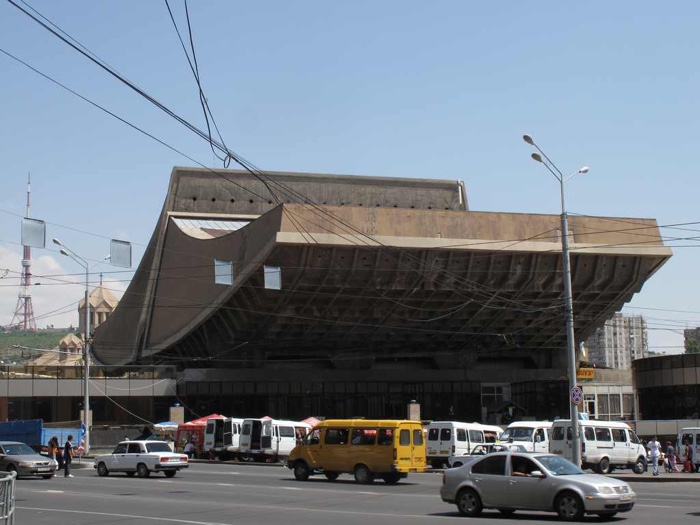
Spartak Khachikyan, Hrachik Poghosyan, Artur Tarkhanyan, Cinema Rossiya (now Ayrarat), Yerevan, Armenia, 1968-1975 (photo)
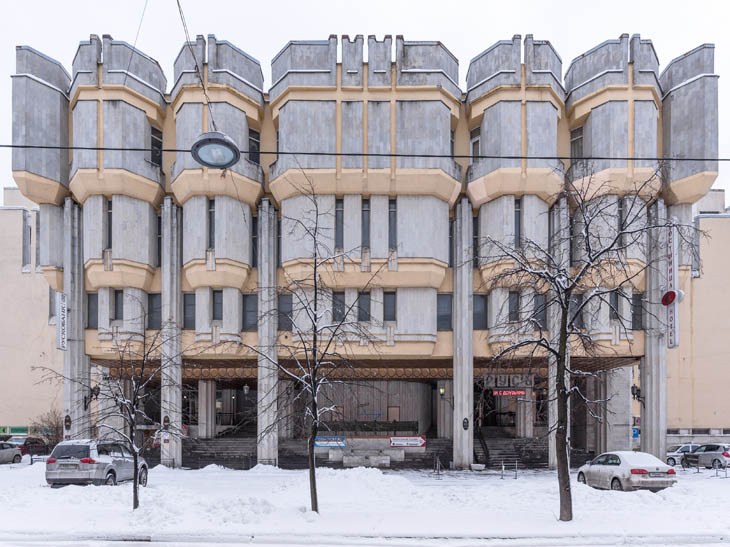
Olga Gurevich, Vladimir and Boriz Katz Zhukov: Hotel Rus, Saint Petersburg, Russia, 1980–1988 Photo: Konstantin Antipin 2016 (via)
East Asia
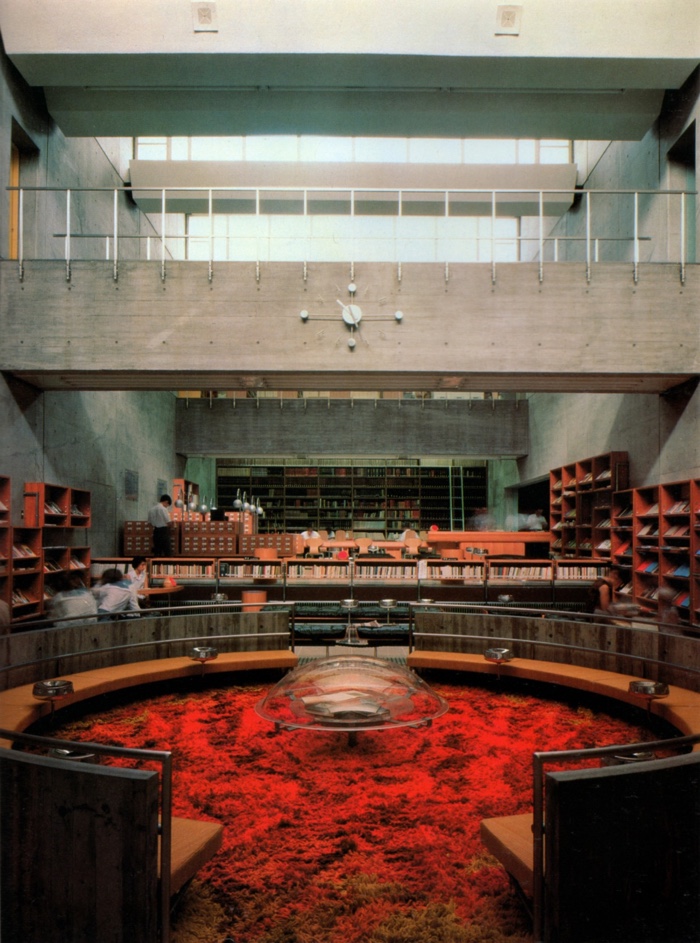
Arata Isozaki, Oita Prefectural Library, Oita, Japan, 1962-1966. Photo via
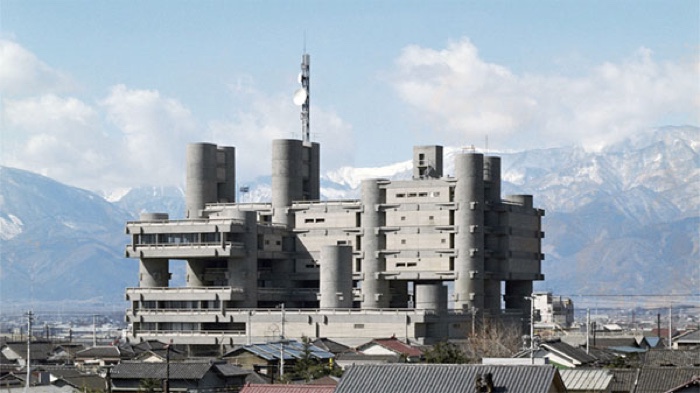
Kenzo Tange, Yamanashi Press and Broadcasting Center (now Yamanashi Cultural Center), Kofu, Japan, 1961-1968. Photo via
South and Southeast Asia
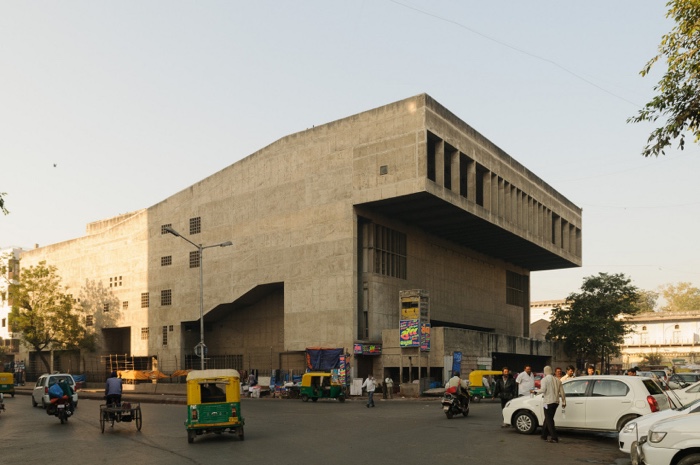
Balkrishna V. Doshi / Mahendra Raj, Premabhai Hall, 1956D–1972. Photo: Arnout Fonck via
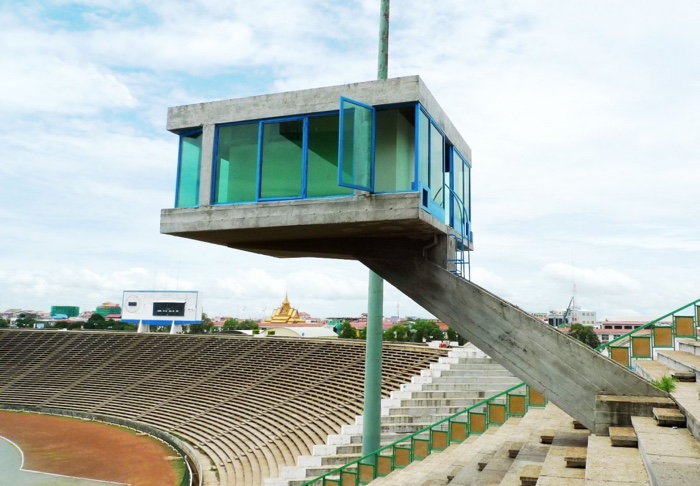
Vann Molyvann, National Sports Complex, Phnom Penh, Cambodia, 1962-1964 (threatened). Photo via
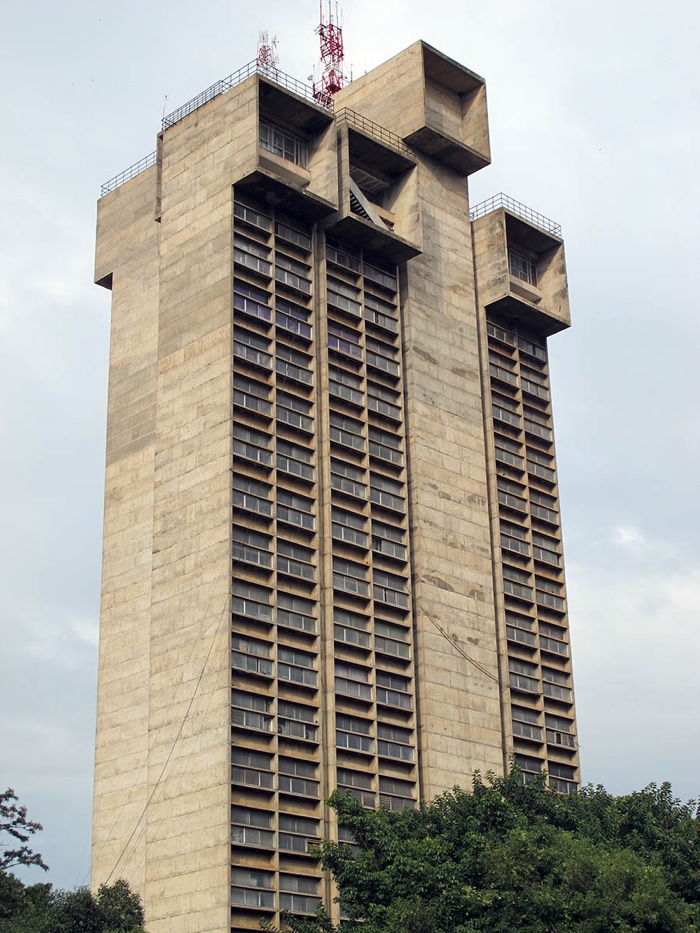
Charles Correa, Visvesvaraya Center Bangalore, 1974-1980. Photo: Ben Bensal
Western Europe. Beyond Great Britain: Proto-Brutalism and the French Situation
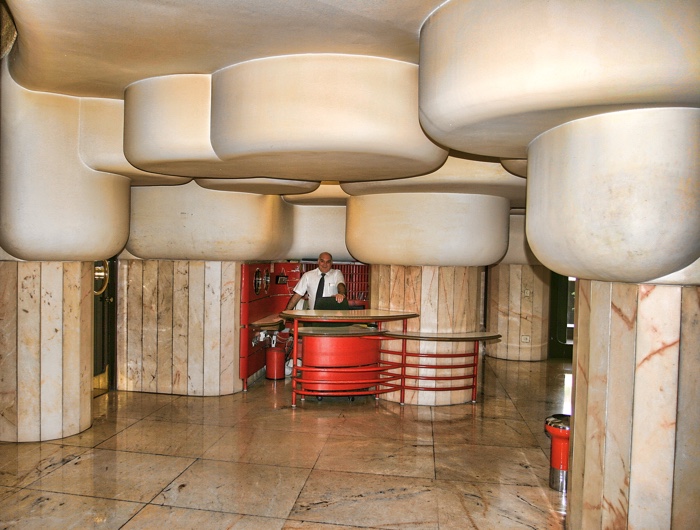
Francisco Javier Sáenz de Oiza, Torres Blancas, Madrid, 1958-1968. Photo kurioso
Eastern Europe
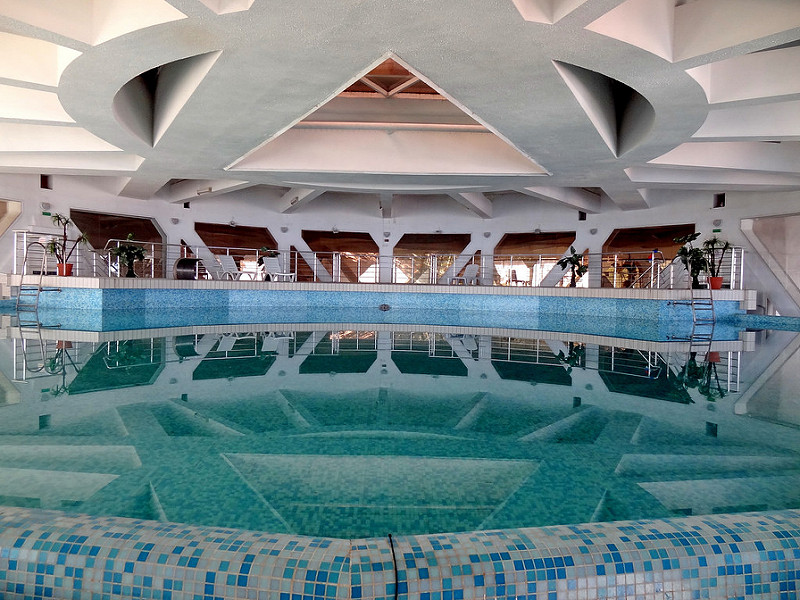
Igor Vasilevskil, Druzhba Sanatorium, Kurpaty, Russia, 1980-1986. Photo:
William Veerbeek, via
Great Britain
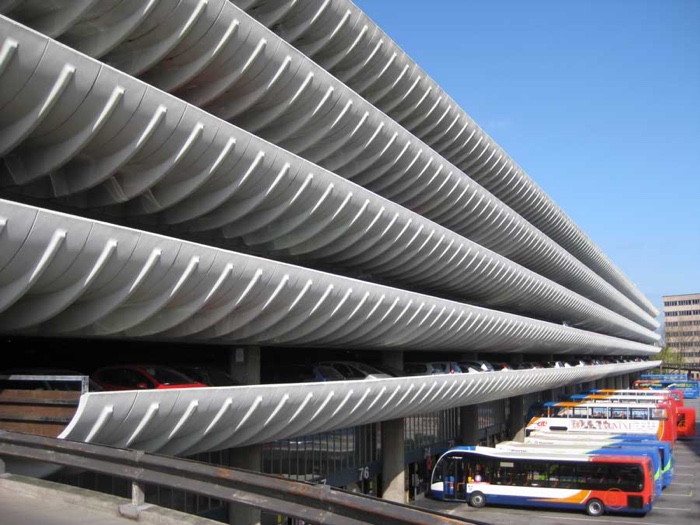
Building Design Partnership, Preston Bus Station, 1960-1969. Photo: Adrian Welch via
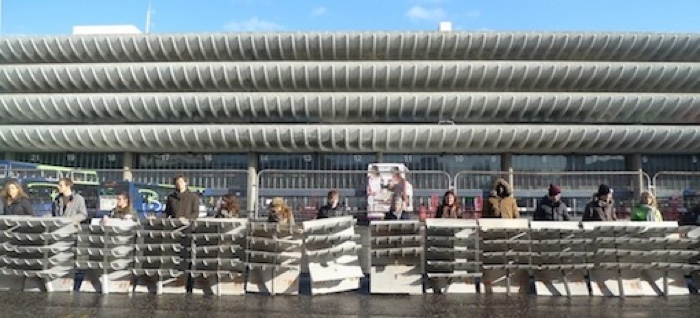
Procession to celebrate Preston Bus Station in 2013. Photo
And obviously:
Architecture Foundation, The Barbican: A Middle Class Council Estate, 2015
Germany
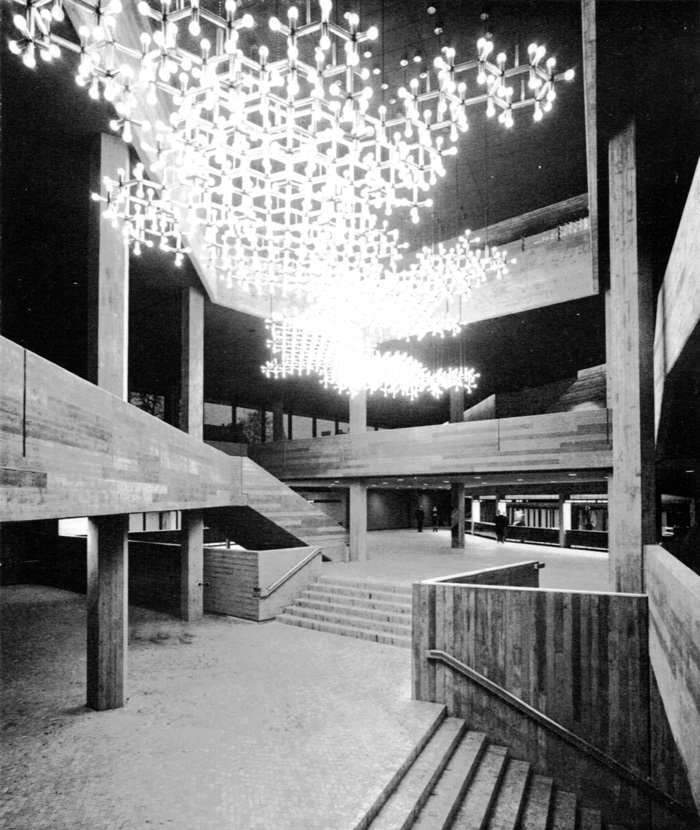
Marie Brigitte Hämer-Buro and Hardt-Waltherr Hämer, Theatre, Ingolstadt, Germany, 1960-66. Photo via
Oceania
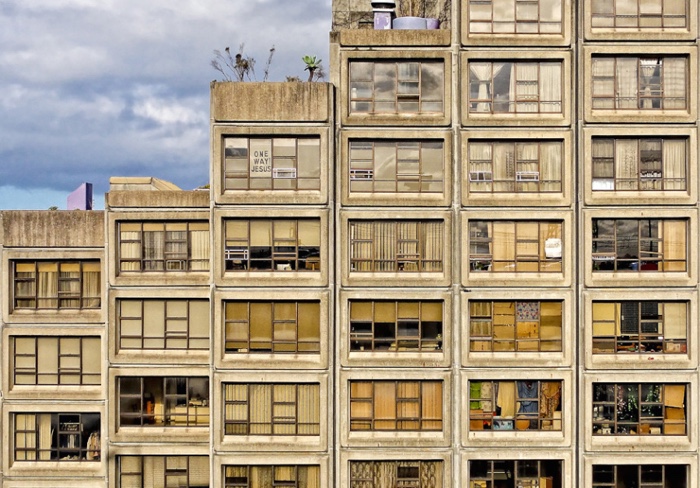
Theodore Gofers, Sirius Apartment Building, Sydney, Australia, 1978-1980 (threatened.) Photo Flickr/Marek, via
The book is published in conjunction with the exhibition SOS Brutalism—Save the Concrete Monsters at DAM in Frankfurt on the Main (open now and until 25 February 2018) and at Architekturzentrum Wien (3 May to 6 August 2018).
Related stories: Béton. The history of a concrete-clad utopia, Brutal and Beautiful: Saving the Twentieth Century, Utopia London.

